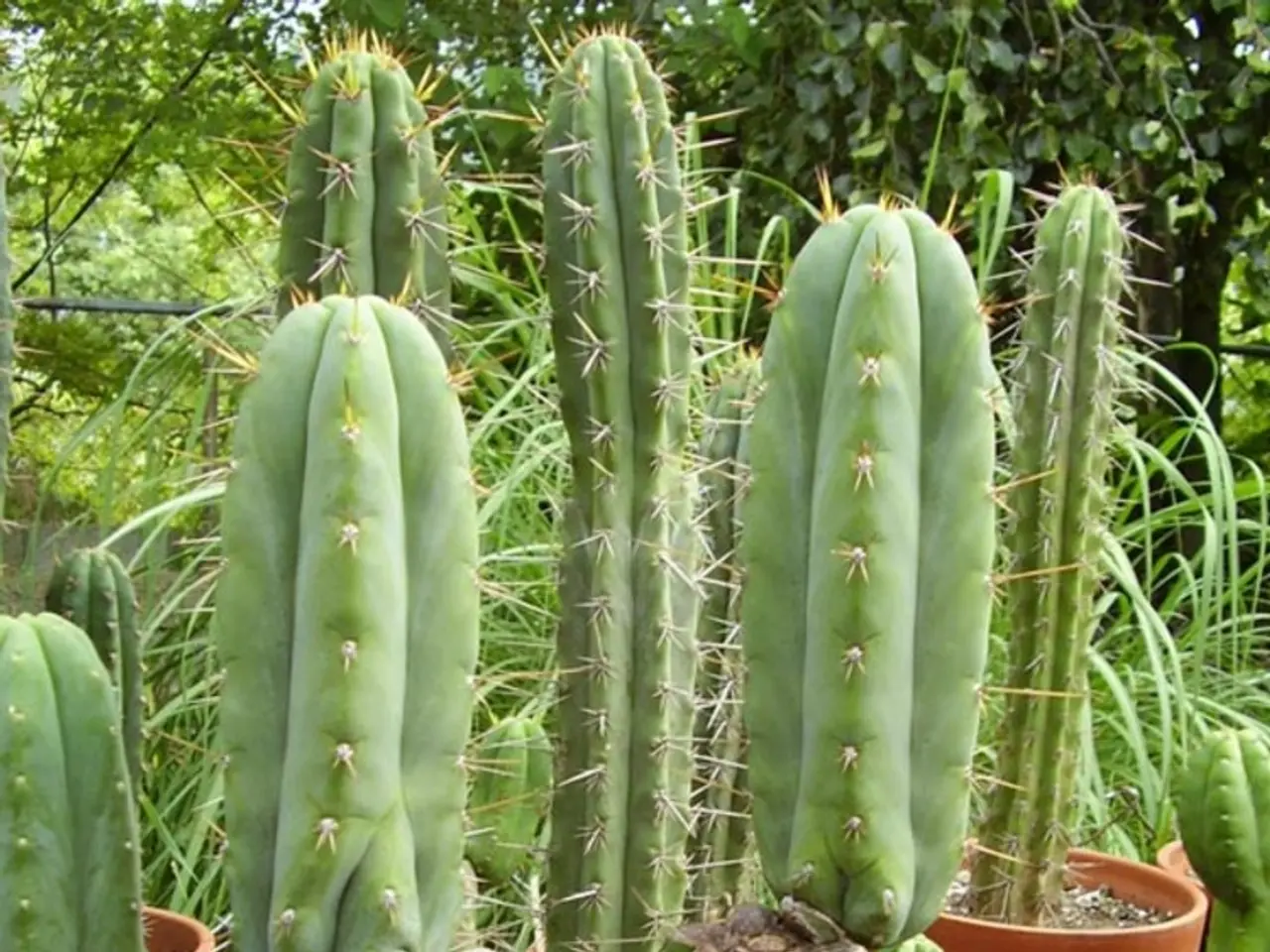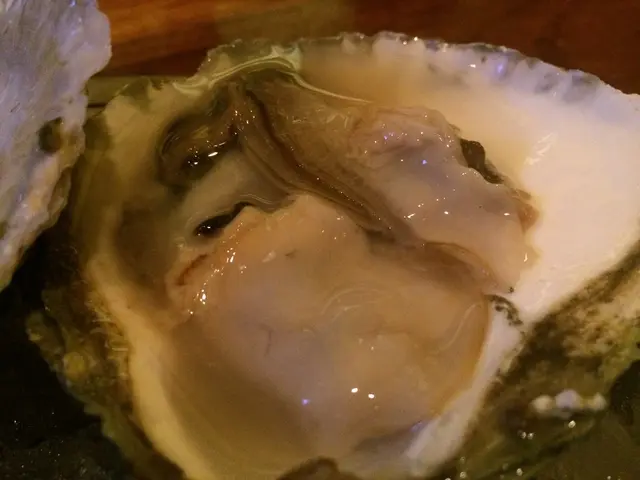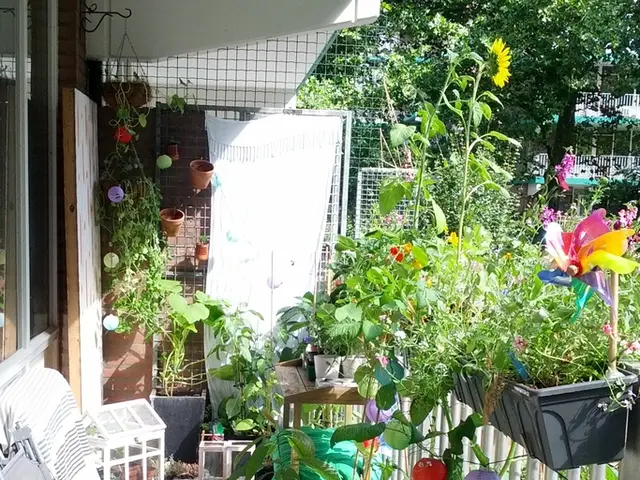Guide to Cactus Maintenance: Nurturing Your Succulent Friends
Caring for cacti and succulents is a rewarding hobby that can bring a touch of the desert into your home. To ensure these unique plants thrive, it's essential to provide them with the right soil, pot size, and repotting techniques.
Soil Mix
For a healthy cactus or succulent, choose a fast-draining, gritty soil mix. Ideal mixes contain inorganic materials like pumice, lava rock, sand, perlite, or grit blended with organic components to balance moisture retention and drainage. Organic soil, rich in humus, leaf mold, or other organic material, can be improved with the addition of coarse builder's sand or perlite.
Pot Size
Select a container that is about 2 inches larger than the plant’s root ball to provide room for growth without excess soil that holds too much water. Clay pots are often preferred because they are porous and help soil dry faster, but plastic pots also work well if drainage is sufficient.
Repotting Tips
Proper potting and repotting techniques are crucial for the health of your cacti and succulents. When removing the plant from its pot, tap the pot gently on a hard surface like wood or concrete, or use a knife to gently slip it around the inside of the pot. Gently remove some of the soil around the root ball, and if the roots look overgrown, prune some of them away.
Place the cactus or succulent in the new pot so that it sits at the same soil depth as before, and fill around the root ball with fresh cactus soil mix, firming lightly to support the plant without compacting the soil. Water sparingly after repotting, allowing the soil to dry out completely before watering again to prevent root rot.
Potting Material
Excellent drainage is more important than the potting material for cacti and succulents. The soil should be porous and spread over a deep layer of gravel or broken bricks. If a plant is top-heavy, place the smaller pot inside a larger pot and fill the space between the two with gravel to provide a heavy enough base without the risk of rot.
Drainage Holes
Ensure your pot has drainage holes to allow excess water to escape, crucial for cacti and succulents' health. If your pot doesn't have drainage holes, make some using a hammer and screwdriver for clay pots, or a hot knife or ice pick for plastic pots.
When handling spiny plants, use a newspaper folded into a narrow band to handle them like a belt or harness. Gloves are not satisfactory since the spines can stab through or break off in the glove.
In summary, following these guidelines ensures proper root aeration, drainage, and growth environment for cactus and succulent plants. Happy potting!
| Aspect | Recommendation | |-----------------|--------------------------------------------------------| | Soil Mix | Fast-draining, gritty, sandy mix with pumice, sand, lava rock, organic matter | | Pot Size | 2 inches larger than root ball | | Pot Material | Clay (preferred) or plastic with drainage holes | | Repotting Tips | Handle roots gently, maintain planting depth, fill with cactus soil, water sparingly afterward |
- To cultivate a captivating home-and-garden setup infused with a touch of the desert, explore the hobby of gardening with cacti and succulents. nurture them with a suitable home-and-garden lifestyle by choosing a soil mix that drains well, like pumice, sand, and lava rock, and blending it with essential organic components for balanced moisture retention.
- To foster a thriving lifestyle for your cacti and succulents, pick a larger pot that allows ample space for growth and uses a material like clay or plastic, preferably with drainage holes. For repotting, handle the plants with care, using specific techniques to maintain the planting depth and support their roots, before watering sparingly to prevent root rot. Happy gardening!





